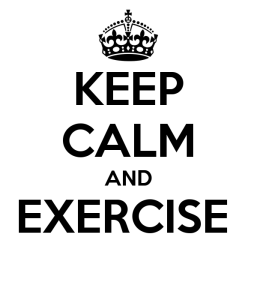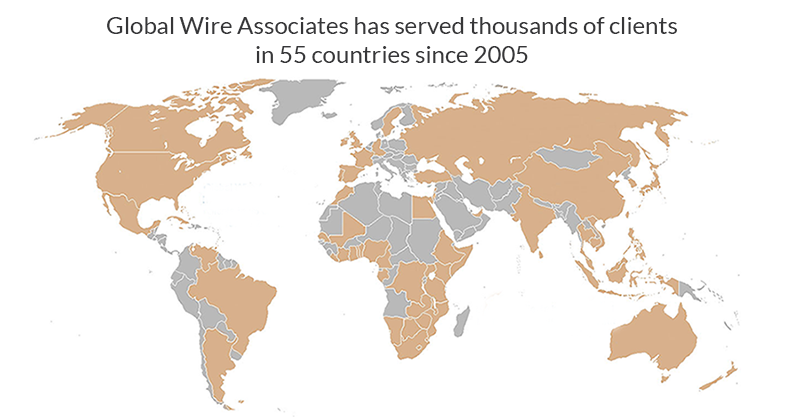How to Make Exercise Part of Your Daily Life
 We are one month into 2015, and many of you may have already given up on your New Year’s resolution to hit the gym and lose weight. Getting into the routine of physical activity can be difficult for many of us. I have a family member who has finally started going to the gym regularly after many years of dragging his feet to make the better health commitment.
We are one month into 2015, and many of you may have already given up on your New Year’s resolution to hit the gym and lose weight. Getting into the routine of physical activity can be difficult for many of us. I have a family member who has finally started going to the gym regularly after many years of dragging his feet to make the better health commitment.
I only got serious myself about exercise after learning that diabetes runs in my family about 10 years ago. At the time, I got a membership at my local YMCA, but I think I only went once a month. I would walk for a while on the treadmill and maybe jump on the bike, but then went home feeling like I didn’t really accomplish much.
Then I spoke to one of the personal trainers at the gym who told me that I had to find an activity that I enjoyed doing; so it wouldn’t feel like it was work, but rather a fun activity. He also said that when you feel good after that activity, then you have found the exercise that works for you. “It will be hard to do, but you will know when you found that sweet spot,” he said.
I tried a variety of group exercise classes at the gym, from Zumba to spinning, and none of them appealed to me.
So then I tried running for 10 minutes outside in my neighborhood. It was hard to do at first, but I actually felt good afterwards. For the next few weeks, I ran for 20 minutes three times a week. Over the course of the next year, I noticed I was losing weight and toning muscles. So I ran longer distances, running up to 15 miles in a week.
About five years ago I wanted to diversify my exercise regimen, so I tried yoga. I had read that yoga was a great compliment to running. Again, it was hard to do the first class, especially downward facing dog and crow, but at the end of the class I did feel energized and willing to come to another class. Since then I either go to a vinyasa yoga class or practice at home twice a week.
This summer I took up outdoor cycling again in earnest. What sparked my interest after all these years? I wanted to try something different that I might enjoy. And, yes, I did enjoy riding with my friends along the Charles River and just around my neighborhood.
So just to recap how I exercise during the week these days:
Running: I run about 5-7 miles a day, three times a week – regardless of weather – and after a meditation session. Because of the dreadful New England weather, I have to run on a gym treadmill, but I long for outdoor running and nicer weather. Running outdoors and indoors are two completely different experiences. I also run first thing in the morning, like 4:30 or 5, because that is when the body has the most natural energy stored up for use. Furthermore, I also feel like I have accomplished something before the day has really begun!
Yoga: I practice yoga for 30 minutes a day, twice a week, after a meditation sessions and also first thing in the morning. And, yes, I can do a crow pose now without falling on my face!
Cycling: Since I don’t try to bike on top of all the snow we have been getting lately in Boston, I started taking spinning classes again at the Y. Not sure I will keep doing this, since outdoor cycling is a way better experience. But then again, I don’t have to worry about a car mowing me down on the street either, so I will see.
Also, exercising in the morning has worked best for my hectic work schedule. I have become so used to exercising that I feel guilty when I don’t exercise on schedule.
Just to reiterate, exercise should be something that you enjoy doing, so running, yoga or cycling may not be your thing, and that’s okay. That is how you make exercise part of your daily life. Even if you don’t have time to participate in an exercise session, there are many ways to incorporate physical activity into your day, like taking the stairs instead of the elevator or walking somewhere instead of driving a car. What matters at the end of the day is that you are physically active and staying healthy.


